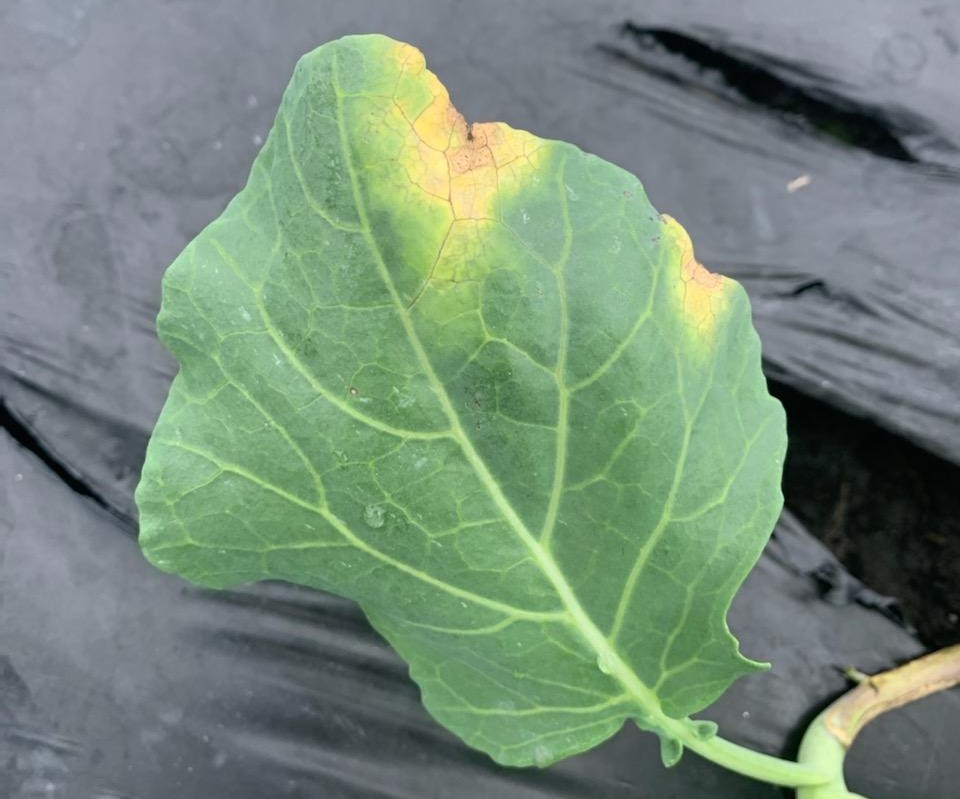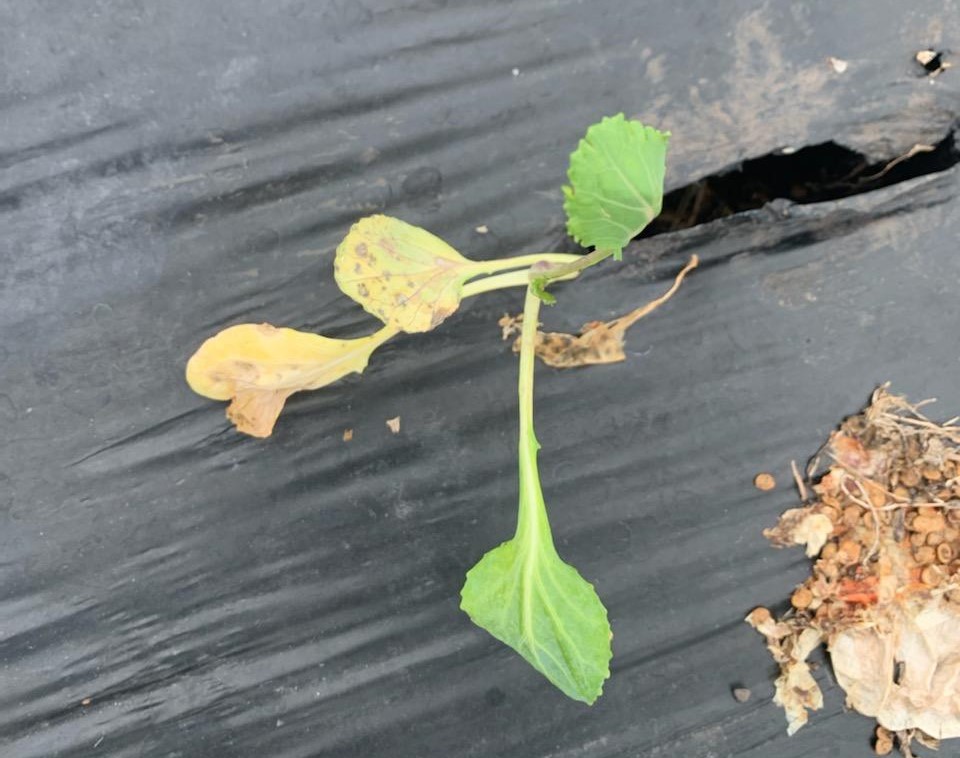Clemson Extension agents provide updates in the The South Carolina Grower this week about the status of various crops being produced throughout the state.
Statewide
There are some reports that anthracnose may be an issue in strawberries this year. In addition, we are continuing to look out for the new disease, Neopestalotiopsis. Clemson Plant Pathologist Guido Schnabel has recommended applying Zivion S (natamycin) via preplant dip to help prevent these diseases. Schnabel provided the following instructions:
Mixing Instructions. Add Zivion S while stirring to the volume of water to be applied or to a smaller volume that is then added to more water to make the expected final volume. Continuously stir the treatment solution unless it is to be applied immediately.
Application Time. Apply prior to plant as a preplant transplant root or whole plant dip treatment. Do not apply after or to harvestable commodities.
Application Rate. Root or whole plant dip: mix 6-12 fl. oz. (0.04 – 0.08 lbs a.i.) of Zivion S per 10 gallons of water. Dip plants for a minimum of 2 minutes, but no more than 5 minutes. Plant treated plants after dip application.
To find Zivion, contact Nelson Jameson at 800-826-8302.
Coastal Region
Rob Last reports, “We are progressing well with preparations for strawberry planting. Some plants are due to be delivered this week. Remember, if fumigants have been used, check to ensure the products have dissipated to prevent damage to the transplants. The same is true to make sure planting restrictions on any pre-emergence herbicides applications are observed. Always refer to the label. Finally, remember to check your plants carefully for pest and disease inoculum from the nursery. If you require any help, please reach to Extension agents.”
Zack Snipes reports, “I thought I had moved to Seattle last week with all the rain and dreary weather. We have a good week of weather coming up, and I expect that everyone will be busy in the fields transplanting greens, finishing laying plastic and continuing the harvest of fall crops. Watermelons, squash and winter squash are being harvested this week. Downy mildew is loving this weather. I have seen many freshly transplanted fields with black rot in brassicas. This disease shows up every time we plant brassicas. It is essential to transplant quality transplants. If your transplant supplier is sending you diseased plants, then visit our Seed and Transplant Supplier list to find a new supplier. You might be surprised how big of a difference it makes. Carolina Farm Stewardship Association is having a webinar this week on Tuesday, October 12 at 12pm on Ginger and Tumeric production in a high tunnel. Please email zbsnipe@clemson.edu for link and passcode.


Midlands
Justin Ballew reports, “We finally saw some sunshine this past weekend after a pretty rainy week. Caterpillar pressure has been high, and lots of treatments have been going out. I’ve been seeing a decent amount of pathogenic fungi developing on diamondback moth caterpillars due to the wet conditions creating the perfect conditions for development. We’ve had a couple of acres of strawberries planted and ordinarily we would be planting full steam ahead now, but strawberry plants are late coming in this year. Lots of folks are being told it will be next week before their plants come in. I’m also hearing reports that anthracnose may be a problem from nurseries this year. As a result, we are strongly recommending a fungicide dip on transplants before planting to combat this and any potential infections from the new disease Neopestalotiopsis. See Dr. Schnabel’s comments about Zivion above.”

Phillip Carnley reports, “Cucumbers are finished in Orangeburg and Calhoun counties. Fall greens are in full swing with some pressure from DBM with the occasional looper. Growers are bedding strawberry fields and applying their pre’s. We have seen heavy infestations of gummy stem blight in fall watermelons as well as spider mite damage in blackberries.”


Sarah Scott reports, “Tree removal and field prep for new peach installations are happening around the ridge. Strawberry plants are being planted now, and they got a good watering in with last week’s rain. Fall vegetables are looking good. Growers should keep up with scouting for disease issues in the field following the week of wet and humid weather.


Upstate
Andy Rollins reports, “I am busy scouting new strawberry plantings this past week. Be on the look out for leaf diseases of plants but also check roots thoroughly for discoloration. When planting, make sure crowns are still visible after planting. We are also preparing ground for new peach production going in. We are still picking a few muscadines, but that will be finishing pretty soon.”










